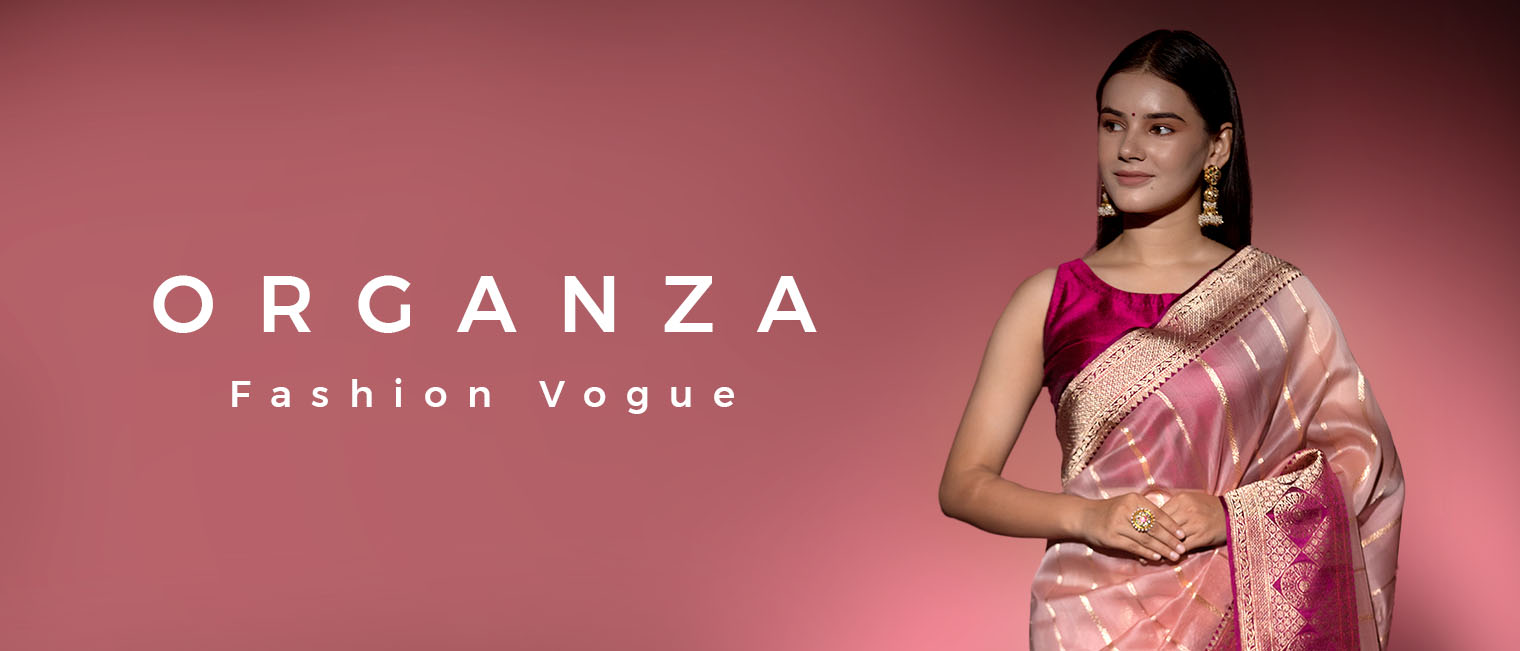A blog post about Banarasi sarees should cover their rich history, the intricate weaving process, their significance in Indian culture, and how to style and care for them. Originating from the city of Varanasi, these sarees are renowned for their beautiful designs, often featuring Mughal-inspired motifs, and are considered a symbol of luxury and a cherished heirloom. To style them, focus on the saree’s elegance with a neat hairstyle and bold makeup, while proper care involves careful folding, wrapping in acid-free tissue, and storing in breathable fabric bags to preserve their quality. Introduction to Banarasi SareesA cultural icon: Banarasi sarees are more than just clothing; they are a significant part of India’s cultural heritage, handcrafted by artisans in Varanasi. A symbol of heritage: Originally a symbol of royalty and wealth, they were decorated with real gold and silver. Today, they use gold and silver threads, making them more accessible. Versatile and timeless: Banarasi sarees are worn for special occasions like weddings, and their timeless elegance makes them a beloved and valuable heirloom to pass down through generations. The Art of WeavingIntricate designs: The weaving process is a testament to centuries-old techniques, with designs often inspired by Mughal art and featuring floral motifs.Varying timelines: The time it takes to create a saree depends on the complexity of the pattern, from around 20 days for simpler designs to up to six months for the most intricate ones. Styling and CareStyling tips:Hairstyle: A sleek, low bun keeps the focus on the saree. You can add decorative hairpins for a personal touch. Makeup: To complement the saree’s richness, opt for a bold lip color and kohl-rimmed eyes. Care and preservation:Cleaning: Ensure the saree is clean and free of stains before storing. Folding: Fold along the original creases to prevent harsh lines. Storage: Avoid plastic bags. Wrap the saree in acid-free tissue or a cotton muslin cloth and store it in a breathable fabric bag to protect it from dust and moisture. Buying GuideAuthenticity: A high price doesn’t always guarantee quality, and synthetic fabrics can be shiny. Look at the weaving technique, motifs, and quality of the zari (zari thread) to identify a pure Banarasi saree. Price range: Authentic handwoven silk Banarasi sarees typically range from approximately ₹8,000 to over ₹1,00,000, so be cautious of deals that seem too good to be true.

October 10, 2025


